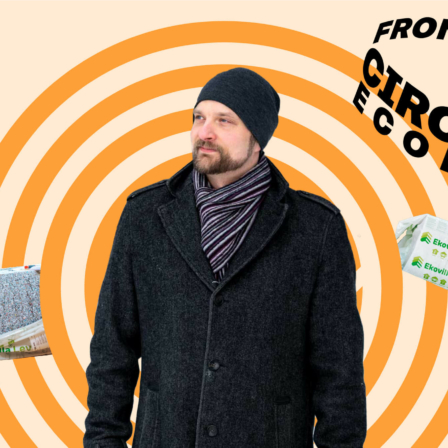Problem
Cotton production consumes huge amounts of water, energy and chemicals. When washed, oil-based fabrics release microplastics into water, which end up in organisms. In addition, the poor traceability of textiles and the use of child labour cause concern for the entire industry.
Solution: textile fibre from wood
Spinnova produces textile fibre from cellulosic mass without dissoluble chemicals. The fibre is produced from paper-based cellulosic raw materials using mechanical nozzle technology, which conserves a lot of water and energy. The finished fibre materials can be used in the textile industry and they can easily be recycled as new Spinnova fibre.
Revenue logic and benefits to Spinnova
The company will sell technology licences to fibre producers and finished fabrics to textile manufacturers primarily through joint enterprises. Spinnova collaborates with global companies, which allows the product to be funded and scaled more effectively than when operating alone. Today, Spinnova is the only company in the world that is able to convert cellulose directly into fibre without chemical processes.
Benefits to customers and end users
Spinnova’s textile fibre is responding to the demand for more ethically sustainable textiles in the textile industry. The responsible sourcing of the textile fibre and the company’s value chain are fully transparent. The majority of the world’s annual cotton use in the textile industry could be covered by Finland’s current annual wood use. The consumer will have access to easily recyclable, responsible and ecological textiles.

















Recommended
Have one more?